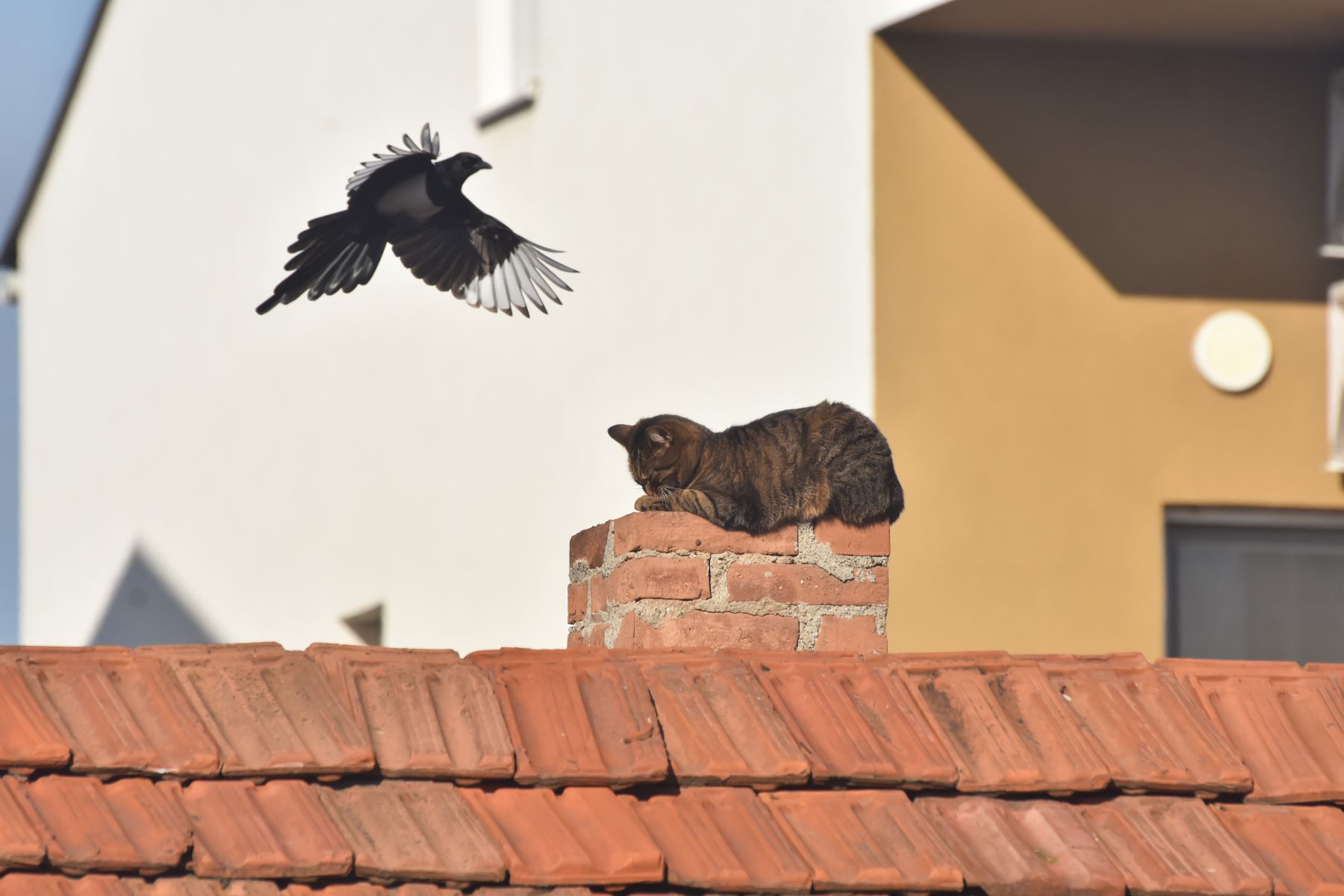

Articles
How To Get A Cat Out Of A Chimney
Modified: February 29, 2024
Find helpful articles on how to safely and effectively get a cat out of a chimney.
(Many of the links in this article redirect to a specific reviewed product. Your purchase of these products through affiliate links helps to generate commission for Storables.com, at no extra cost. Learn more)
Introduction
Having a cat stuck in a chimney can be a distressing situation for both the feline and the homeowners. Unfortunately, it is not uncommon for cats to venture into tight spaces like chimneys out of curiosity. If you find yourself in this predicament, it’s important to remain calm and take necessary steps to safely remove the cat from the chimney.
In this article, we will guide you through the process of getting a cat out of a chimney. We will provide you with essential tips and techniques to ensure the safe and successful rescue of the cat. Let’s dive in!
Key Takeaways:
- Patience, preparation, and gentle guidance are key to safely rescuing a cat from a chimney. Create an escape route, use enticing stimuli, and seek professional help if needed for a successful rescue operation.
- Prevent future incidents by installing a chimney cap, securing open access points, and providing indoor stimulation for your cat. Create a safe and enriching environment to ensure your furry friends’ well-being and happiness.
Read more: How To Get Bats Out Of A Chimney
Assessing the Situation
Before taking any action, it is crucial to assess the situation and determine the condition of the cat and the chimney. Take a moment to observe and gather information about the following:
- Location: Identify the exact location of the cat within the chimney. Is it close to the top or bottom? This will help you plan your rescue strategy accordingly.
- Cat’s Condition: If you can see or hear the cat, evaluate its condition. Is it meowing or showing signs of distress? It is important to have an understanding of the cat’s physical state before initiating any rescue attempts.
- Chimney Structure: Examine the chimney’s construction and assess any potential hazards or obstacles that might impede the cat’s escape. Look out for sharp edges, loose bricks, or any other dangers that could pose a risk to the cat or yourself during the rescue operation.
By thoroughly assessing the situation, you will have a better understanding of what you’re dealing with and can plan your actions accordingly. Remember, safety should always be a top priority for both you and the cat.
Gathering Necessary Equipment
Before attempting to retrieve the cat from the chimney, it is important to gather the necessary equipment. Here are some essential items to have on hand:
- Flashlight: A reliable flashlight will help you see inside the chimney, especially if it’s dark or poorly lit. Make sure the batteries are fresh to ensure optimal brightness.
- Gloves: It’s necessary to protect your hands from any sharp edges or debris that may be present in the chimney. Choose a sturdy pair of gloves that provide both dexterity and protection.
- Long, Flexible Pole or Rope: Depending on the location of the cat in the chimney, you may need a long, flexible pole or rope to reach and guide the cat towards the escape route. This will minimize the need for you to physically enter the chimney.
- Rescue Bag or Carrier: If the cat is successfully lured out of the chimney, you will need a safe and secure way to transport it. Have a rescue bag or carrier ready nearby to facilitate a smooth transition from the chimney to a safe space.
- Assistant: In some cases, having an extra set of hands can greatly assist in the rescue operation. If possible, enlist the help of a trusted friend or family member to support you during the process.
By gathering these essential items, you’ll be well-equipped to handle the rescue operation efficiently and effectively. Having the necessary equipment at hand will help ensure the safety and well-being of both you and the cat throughout the process.
Creating an Escape Route
Once you’ve assessed the situation and gathered the necessary equipment, it’s time to create an escape route to give the cat a clear path out of the chimney. Follow these steps to create a safe and effective escape route:
- Open Doors and Windows: Begin by opening doors and windows in the vicinity of the chimney. This will provide alternative exit options for the cat in case it chooses to escape through an open area instead of the chimney.
- Clear Obstacles: Remove any furniture, objects, or barriers near the chimney that may hinder the cat’s movement towards the escape route. Create a clear, unobstructed path leading to the open doors or windows.
- Set Up Ladders or Ramps: If the cat is stuck near the top of the chimney, consider setting up ladders or ramps that can be easily climbed by the cat. Place the ladder or ramp against a sturdy surface adjacent to the chimney.
- Create Noise and Distractions: Cats are often motivated by sounds and movement. Use toys or treats to create enticing noises that will attract the cat’s attention towards the escape route. You can also use a flashlight to create light movements on the walls or ceiling near the open doors or windows.
- Close Off Escape Routes: Once the escape route is established, close off any other openings or exits in the room to prevent the cat from getting further lost or trapped in a different part of the house.
Creating an escape route increases the chances of the cat choosing to leave the chimney on its own. By providing alternative options and minimizing obstacles, you create a safe and attractive pathway for the cat to follow towards freedom.
To get a cat out of a chimney, try placing a tempting treat or familiar item near the opening to coax the cat out. If that doesn’t work, consider calling a professional animal rescue service for assistance.
Luring the Cat Out
Luring the cat out of the chimney requires patience, strategy, and enticing stimuli. Here are some effective techniques to encourage the cat to leave its confined space:
- Use Food: Cats are often motivated by the promise of a tasty treat. Place some of the cat’s favorite food or treats near the escape route or on a plate positioned just outside the chimney. The scent and sight of the food can entice the cat to venture towards it.
- Play Familiar Sounds: If the cat responds to certain sounds, consider playing a recording of the sound it reacts to, such as the sound of a toy or the voice of its favorite human. This can pique the cat’s curiosity and draw its attention towards the escape route.
- Use a Laser Pointer or Flashlight: Cats are often fascinated by laser pointers or the movement of a focused beam of light. Move the laser pointer or flashlight beam near the escape route, directing the light in a way that entices the cat to follow it.
- Employ a Familiar Scent: Cats have a strong sense of smell and are attracted to familiar scents. If possible, place an item with a scent that the cat is familiar with, such as a blanket or toy, near the exit. The familiar scent can help make the escape route more enticing.
- Speak Calmly and Comfortingly: Cats respond well to soothing voices. Speak to the cat in a calm and gentle manner, using comforting words to assure it that there is a way out and that it is safe to come towards the escape route.
Remember, these techniques may take time and trial and error. Each cat is unique, so observe its reactions and adjust your approach accordingly. With patience and persistence, you can lure the cat out of the chimney and guide it towards the freedom it deserves.
Read more: How To Get Creosote Out Of The Chimney
Removing the Cat
Once the cat is lured towards the escape route, it’s time to safely remove it from the chimney. Follow these steps to ensure a smooth and gentle extraction:
- Guide the Cat: If the cat is hesitant to leave the chimney, gently guide it towards the escape route using a long, flexible pole or rope. Avoid forceful actions or sudden movements that may startle or stress the cat.
- Encourage with Treats: As the cat gets closer to the escape route, continue to provide tempting treats or food to motivate its progress. Place the treats strategically along the path to keep the cat engaged and focused on moving forward.
- Patience is Key: Removing the cat from the chimney can take time, especially if it is frightened or unsure. Be patient and allow the cat to move at its own pace. Avoid rushing or trying to force the cat out, as this may cause it to retreat back into the chimney.
- Use a Soft Approach: If the cat is within reach, gently try to coax it out with soft strokes or reassuring touches. Avoid grabbing or pulling the cat forcefully, as this can lead to scratches or injuries.
- Stay Calm: Throughout the extraction process, maintain a calm and composed demeanor. Cats can sense anxiety or stress, so your calmness will help keep the cat relatively calm as well.
Once the cat is successfully out of the chimney, place it in the rescue bag or carrier for safekeeping. Provide food, water, and a quiet space where the cat can recover from the ordeal.
Remember, if you feel uncomfortable or unsure about removing the cat on your own, it’s best to seek professional assistance from a local animal rescue organization or a trained veterinarian.
Preventing Future Incidents
To avoid recurring incidents of cats getting stuck in chimneys, it’s important to take preventive measures. Here are some steps you can take to minimize the risk:
- Install a Chimney Cap: A chimney cap is a protective cover that can be installed at the top of the chimney. It prevents animals, including cats, from entering and getting trapped inside. Make sure the chimney cap is secure and properly fitted to effectively keep animals out.
- Secure Open Chimney Access: If you occasionally use your fireplace, ensure that the chimney access is securely closed when not in use. This can be done with a proper damper or chimney plug to prevent any accidental entry by curious cats.
- Trim Nearby Tree Branches: Overhanging tree branches near the chimney can provide cats with a pathway to access the roof and eventually enter the chimney. Trim these branches to discourage cats from using them as an entry point.
- Provide Indoor Stimulation: Cats are naturally curious and may seek out adventure indoors if they’re not mentally stimulated. Create an enriching environment with toys, scratching posts, and interactive play to keep them engaged and less likely to explore risky areas like chimneys.
- Supervise Outdoor Cats: If you have outdoor cats, it’s important to supervise their activities to prevent them from venturing into dangerous areas. Regularly inspect your property for any potential access points and make necessary modifications to ensure their safety.
By implementing these preventive measures, you can greatly reduce the chances of cats getting stuck in chimneys. Remember, providing a safe and enriching environment for your furry friends is essential to their well-being and overall happiness.
Conclusion
Getting a cat out of a chimney can be a challenging and stressful situation, but with the right approach, patience, and equipment, it can be resolved safely. Remember these key points:
First, assess the situation and gather the necessary equipment to ensure a smooth rescue operation. Create an escape route by clearing obstacles and providing open doors and windows as alternative exit options for the cat.
Lure the cat out by using enticing stimuli such as food, familiar scents, or toys. Be patient and gentle in guiding the cat towards the escape route, avoiding any forceful actions or sudden movements that may cause distress.
Once the cat is successfully out of the chimney, place it in a rescue bag or carrier and provide a calm and comfortable space for it to recover. Focus on preventing future incidents by installing a chimney cap, securing open access points, and providing indoor stimulation for your cat.
Remember, if you feel unsure or uncomfortable during the rescue operation, it’s always best to seek professional assistance from local animal rescue organizations or trained veterinarians.
By following these guidelines and taking preventive measures, you can ensure the safety and well-being of both your beloved feline companions and your home. Stay vigilant and create a secure environment where your cats can thrive without the risk of getting trapped in chimneys.
Now that you've tackled rescuing cats from chimneys, ensuring your chimney and fireplace are safe is the next logical step. Wondering about your chimney's integrity? Our article on chimney safety walks you through the essentials to keep your home secure. Concerned about when last you checked your fireplace’s safety? We've got an engaging guide on fireplace safety that covers all you need to know before lighting up another cozy fire. These reads are perfect for maintaining a safe, warm home environment.
Frequently Asked Questions about How To Get A Cat Out Of A Chimney
Was this page helpful?
At Storables.com, we guarantee accurate and reliable information. Our content, validated by Expert Board Contributors, is crafted following stringent Editorial Policies. We're committed to providing you with well-researched, expert-backed insights for all your informational needs.

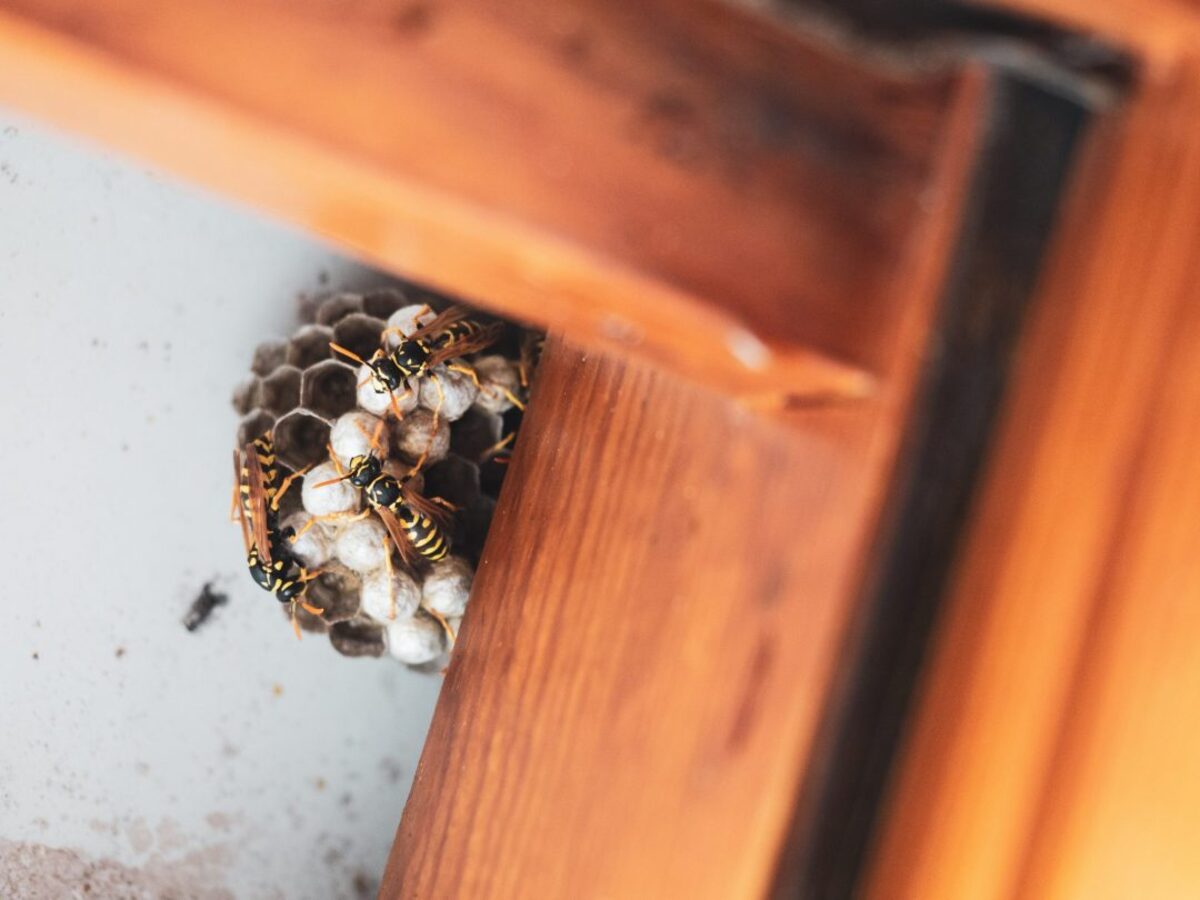


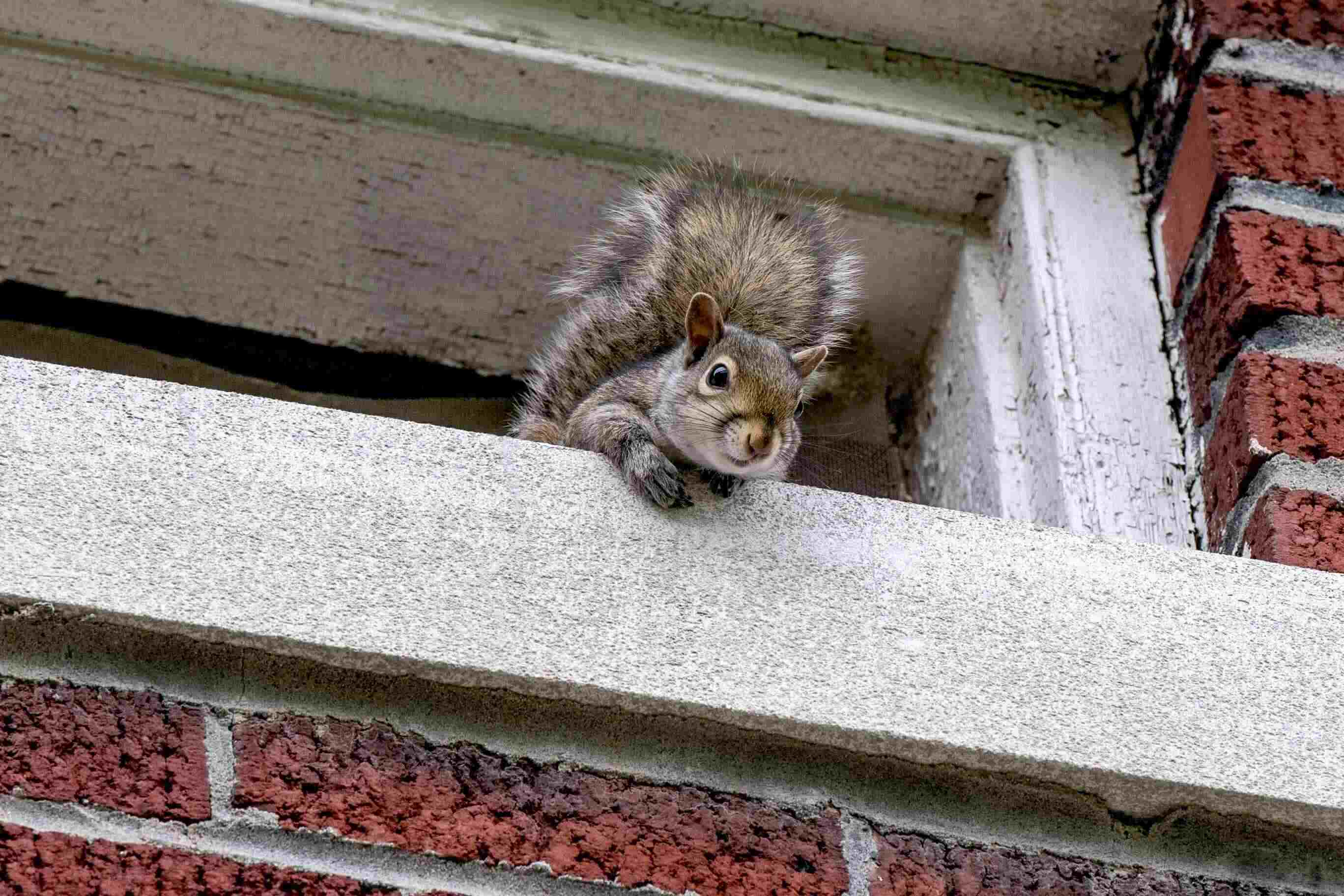


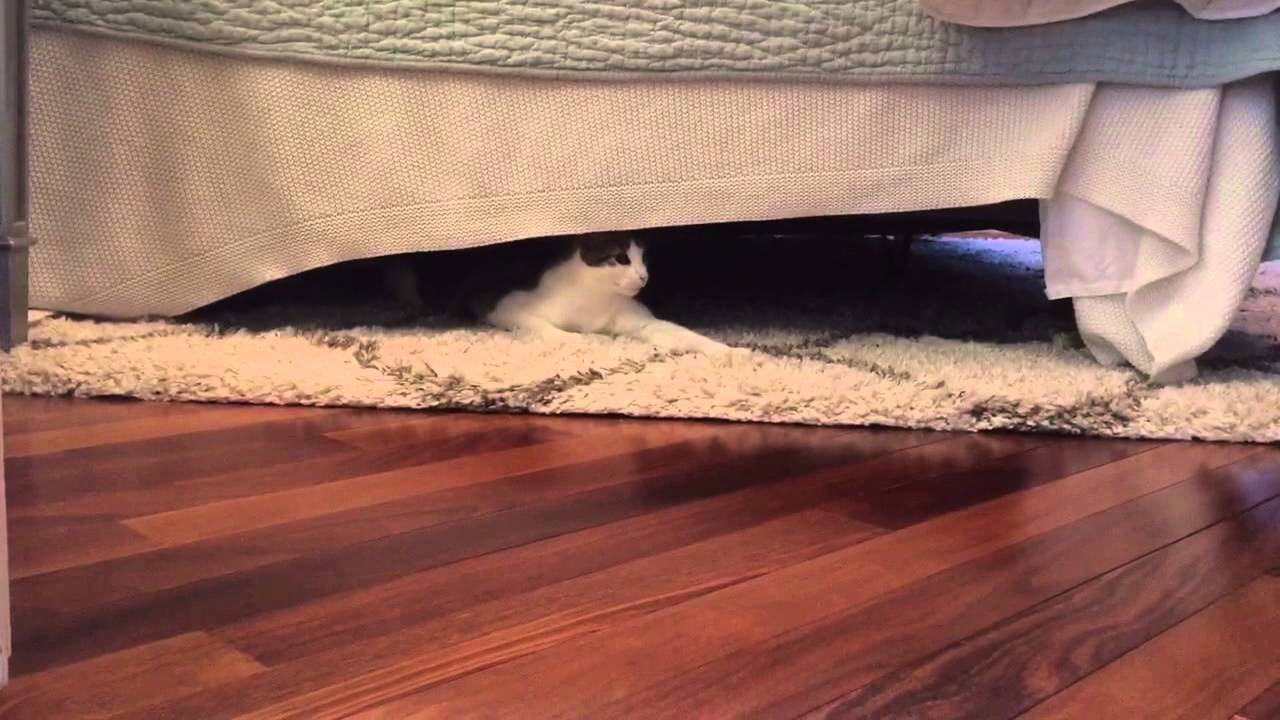





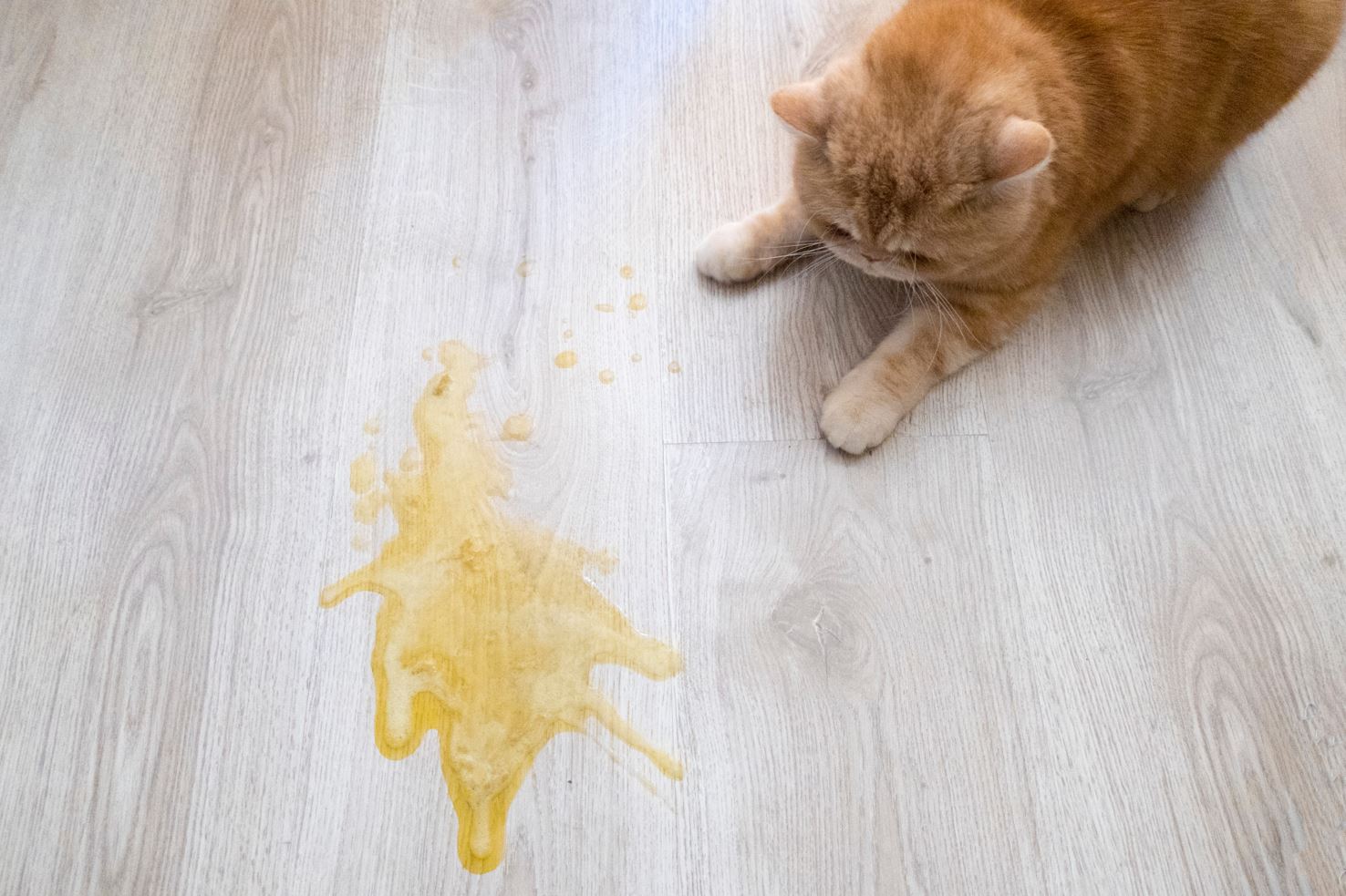

0 thoughts on “How To Get A Cat Out Of A Chimney”